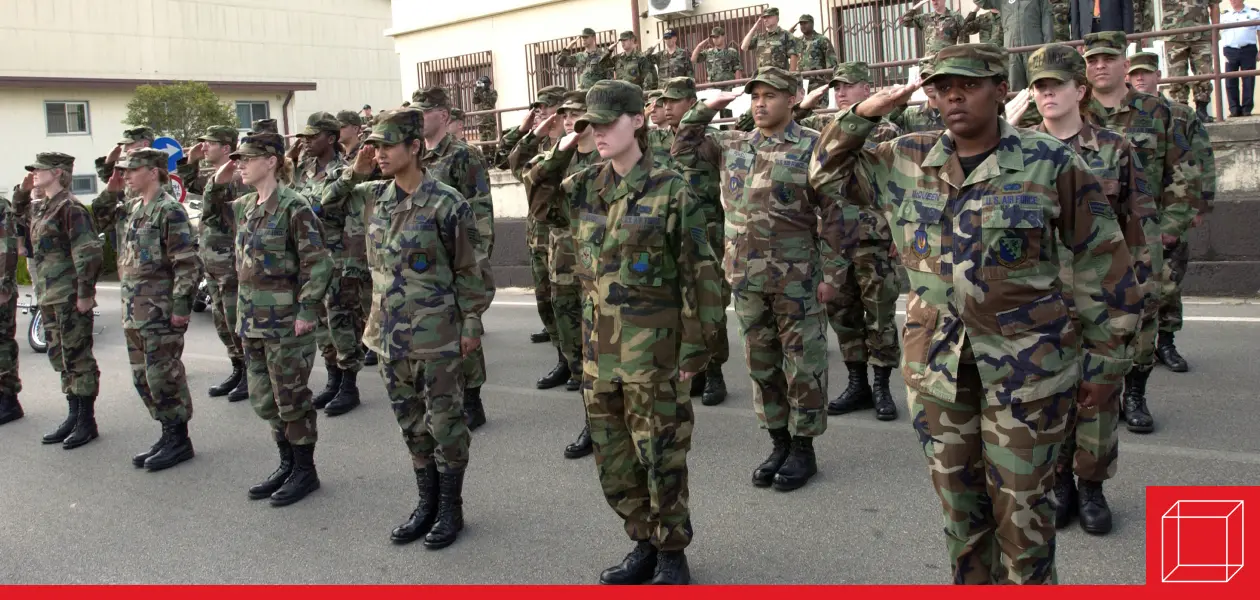Leader as Teacher: The Turtle on the Fencepost
Like teachers, leaders bring their unique perspective for growth and learning alongside their peers while helping others fulfill their potential.

Motivation expert Zig Ziglar once observed that he had read a lot of birth announcements, all of them indicating that the newborn was a boy or a girl. None of them announced the arrival of a farmer, a doctor, an engineer, or a member of any other profession. There is an old saying-- If you ever see a turtle on a fence post, you know it didn’t get there by itself. So, it is with people: Performers in every field are developed, not born. Effective leaders recognize the importance of developing people and view developing others as an essential key to success.
Leading is like coaching in many ways. In basketball, for example, the coach cannot cross the line and move onto the playing court. She trains, advises, and encourages, but she never touches the ball. The coach cannot do the players' work for them. Instead, she is a mentor and teacher.2
The leader as teacher is a concept that has been with us for centuries. The term mentor is derived from The Odyssey, in which Homer describes Ulysses as choosing his trusted friend, Mentor, to look after his son, Telemachus, as Ulysses begins his 10-year journey. Mentor gives Telemachus good counsel, and he cares for and protects him as his teacher. These attributes have been central to our modern concept of mentoring in the workplace.3
Types of Teacher/Leaders
Just as there is no single best way to lead, there is no one best way to develop others. Each leader brings unique personal experiences and talent to the task. The following are five types of teacher/leaders:4
- Shamans heal through the use of personal power.
- Priests claim power through office.
- Elected leaders undergo trials, self-transformation, training, or some other rite to achieve their positions.
- Missionaries are goal directed.
- Mystic healers seek the source of illness and health in the follower’s personality.
Much of contemporary leading and coaching incorporates the priestly, elected, and missionary types. The priest brings continuity and hierarchy to the task, as power is delegated by the most powerful, and people at each level, division, or unit are differentiated from others. The elected leader gains authority by election, and followership is by consent of the governed. Missionaries can be found in many organizations that have some kind of central mission -- economic, religious, political, social service, or other. Shamans and mystic healers may or may not operate within the bounds or the dictates of an organization. Their approach to developing others tends to be individualistic and personalized.
The educator John Dewey said learning is all about the learner. The leader who would be coach or mentor must remember the three ways people grow: Be a way the person respects; provide knowledge the person values; and teach skills the person needs.
Principles of Developing Others
Like pine trees that are stunted if they grow near the timberline, people also experience maximum development under certain conditions. The following are personal conditions conducive to growth:6
- People grow when there is a felt need.
- People grow when they are encouraged by someone they respect.
- People grow when their plans move from general goals to specific actions.
- People grow as they move from a condition of lower to higher self-esteem.
- People grow as they move from external to internal commitment.
Principles to follow in developing others include the following:
- Have a respectful attitude.
- Build self-esteem.
- Practice.
Practice is especially important in the development of leaders. As leadership expert Henry Mintzberg explains: The idea that you can take intelligent but inexperienced young people who have never managed anybody and turn them into highly effective leaders via two years of classroom training is unrealistic. This is the reason cooperative education, internships, and other learn-by-doing assignments are so important.”1
1. J. Wooden, Wooden on Leadership (New York: McGraw-Hill, 2005).
2. M. Lang and J. Kelly, Homer: Printed ≠Editions of the Iliad and Odyssey in Greek and in Translation, and Landmarks in Homeric Scholarship (New York: Grolier Society, 2001).
3. H. Levinson, Executive (Cambridge, MA: Harvard University Press, 1981), p. 150.
4. E. Thorndike, Human Learning (New York: Century, 1931); and C. Argyris, "Teaching Smart People How to Learn," in Harvard Business Review on Developing Leaders (Boston: Harvard Business School, 2004).
5. J. Pfeffer and R. Sutton, The Knowing-Doing Gap (Cambridge, MA: Harvard Business School Press, 2000); H. Mintzberg, Managers, Not MBAs (San Francisco: Berrett-Koehler, 2005); and Gerald Kane, "Halting the Corporate Brain Drain," MIT Sloan Management Review, blog, March 7, 2016.



